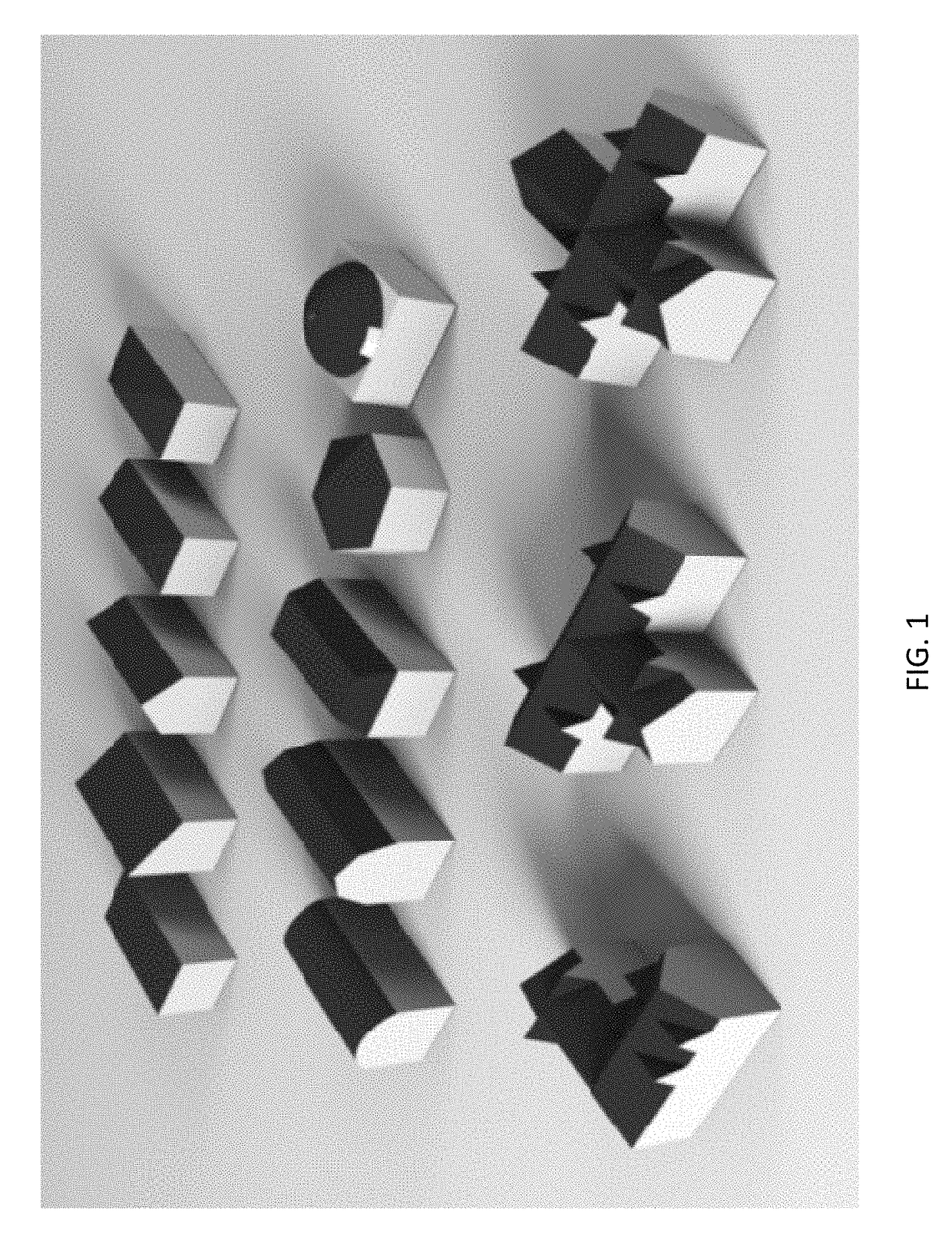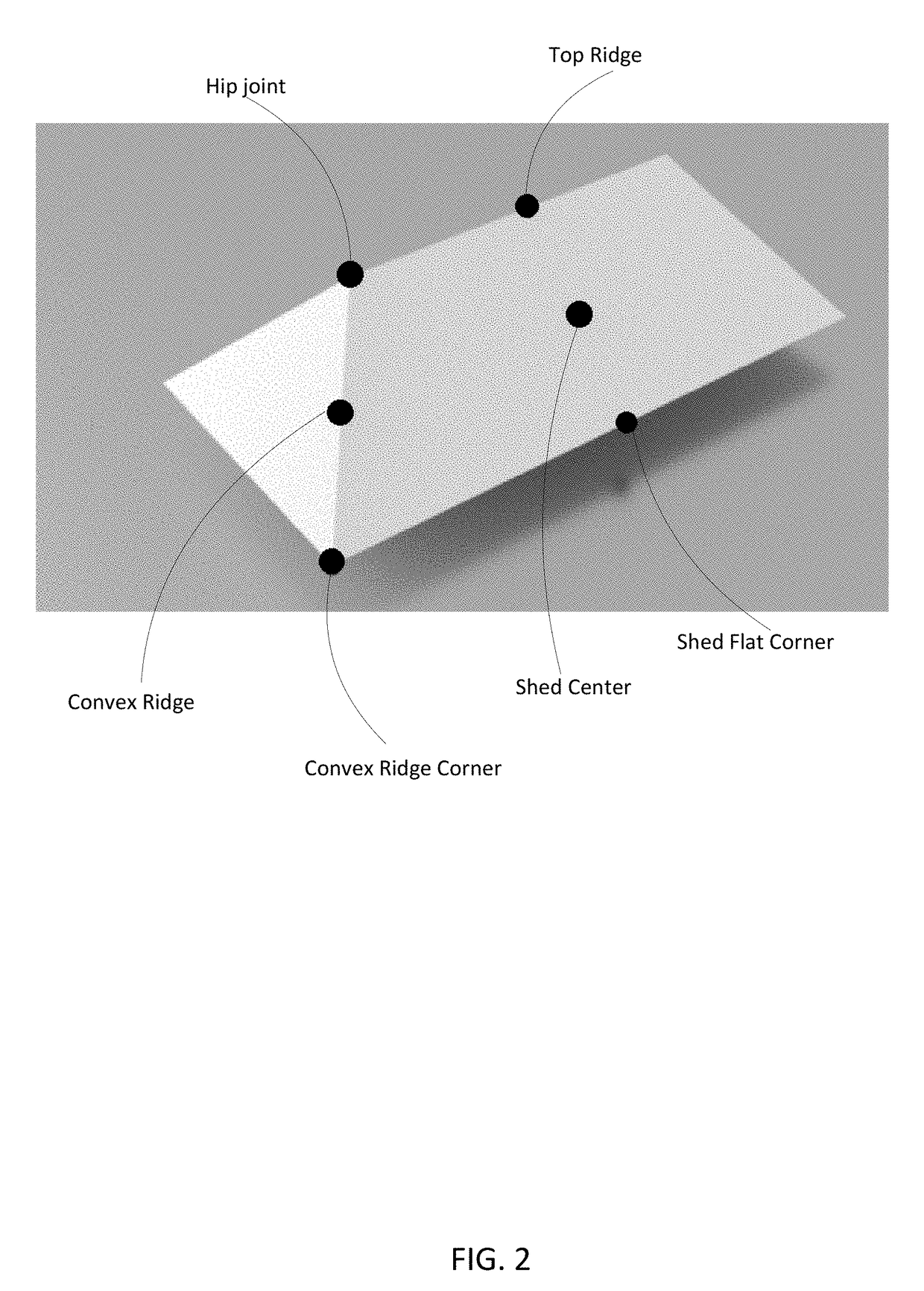Learning synthetic models for roof style classification using point clouds
a point cloud and synthetic model technology, applied in the field of three-dimensional modeling systems, apparatuses and methods of buildings, can solve the problems of not being able to render such models on certain devices, no semantic information may be directly available using the mesh model, and easy failure of building and corresponding feature detection
- Summary
- Abstract
- Description
- Claims
- Application Information
AI Technical Summary
Benefits of technology
Problems solved by technology
Method used
Image
Examples
Embodiment Construction
[0020]The following embodiments include systems, apparatuses, and methods for three-dimensional (3D) modeling of buildings, or more particularly, to systems, apparatuses, and methods for three-dimensional roof modeling using three-dimensional point cloud data.
[0021]In certain embodiments, the systems, methods, and apparatuses for the roof style classification are based on machine learning using 3D point cloud data of the building roofs. The machine learning may be capable of recognizing multiple styles of roofs (e.g., at least 5 styles, at least 10 styles, at least 15 styles, at least 20 styles, etc.) presented in the current data sets. For example, roof styles that may be recognized include flat, shed, gable, hip, pyramid, curved, gambrel, hex, dome, L-union, T-union, and X-union-type roofs (as depicted in FIG. 1).
[0022]Different styles of roof distinguish with each other either by unique semantic types (i.e., point type classification) or different proportion of each semantic type...
PUM
 Login to View More
Login to View More Abstract
Description
Claims
Application Information
 Login to View More
Login to View More - R&D
- Intellectual Property
- Life Sciences
- Materials
- Tech Scout
- Unparalleled Data Quality
- Higher Quality Content
- 60% Fewer Hallucinations
Browse by: Latest US Patents, China's latest patents, Technical Efficacy Thesaurus, Application Domain, Technology Topic, Popular Technical Reports.
© 2025 PatSnap. All rights reserved.Legal|Privacy policy|Modern Slavery Act Transparency Statement|Sitemap|About US| Contact US: help@patsnap.com



